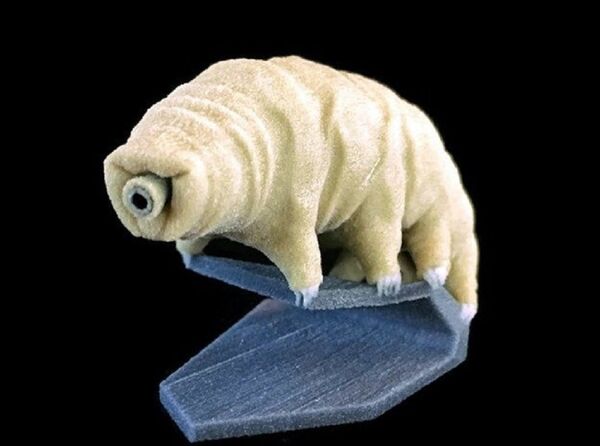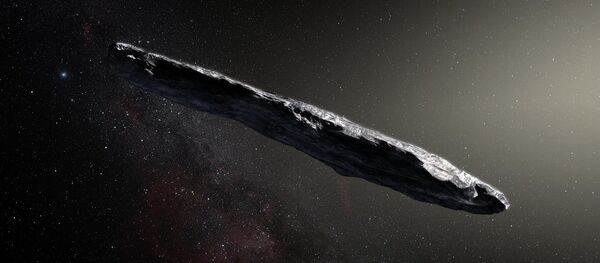The study, led by University of Edinburgh School of Physics and Astronomy professor Arjun Berera, hypothesizes that strong currents of cosmic dust, moving at speeds up to 70 kilometers a second, can carry tiny living organisms capable of surviving the ravages of space to other planets.
What's more, the study postulates that fast-moving gusts of space dust impacting our planet on a regular basis can send tiny Earth-based life forms flying 150 km or more above the Earth's surface, from where they can be picked up by gusts of space dust. This means that theoretically, space dust can take Earth-based living organisms to other planets as well.
The space dust hypothesis adds to the existing theory, long held by astronomers, that asteroid or comet impacts are the most likely if not only natural method for carrying life long distances between planets.

In a press release, Dr. Berera said that "the proposition that space dust collisions could propel organisms over enormous distances between planets raises some exciting prospects of how life and the atmospheres of planets originated."
"The streaming of fast space dust is found throughout planetary systems and could be a common factor in proliferating life," he added.


